Camp Pullman, 20 miles south of Lexington, Kentucky, became our 418th and newest National Park unit on October 26, 2018.
In June 1863, General Ambrose Burnside established Camp Nelson as a forward supply depot for President Lincoln’s long-coveted campaign to secure the pro-Union stronghold of East Tennessee. The army chose a location north and east of the 500-foot high bluff above the Kentucky River and northwest of the 300-foot ravine carrying Hickman Creek, so naturally fortified as to require only a 1.5-mile fortified line for its defense. The extant earthen constructions along the camp’s northern and eastern border overlooking Hickman Creek are the most compelling aspects of the park. The only structure dating to the Civil War era is the Perry House, or White House, adjacent to the visitor center near the northern defense line just east of US 27, which follows the same easement as the Lexington-Danville Pike. Running directly through the middle of Camp Nelson, the pike and its Kentucky River bridge provided the area’s only road access to Tennessee during the Civil War, a major element in its strategic importance. The protected and surviving area of Camp Nelson starts a few hundred feet east of US 27 and continues to the west side of the steep descent to Hickman Creek in the east.
Camp Nelson played another vital role in the Civil War. Over 10,000 soldiers in the USCT, the United States Colored Troops, processed into service at Camp Nelson. To provide for the formerly enslaved family members, a refugee camp occupied a southwestern section of the camp west of the pike. The USCT story and that of the camp are well told in the current visitor center by enthusiastic docents. The US 68 bridge over the Kentucky River at the county line provides an excellent view of the high bluff that created the impenetrable camp boundary on the south and west side.
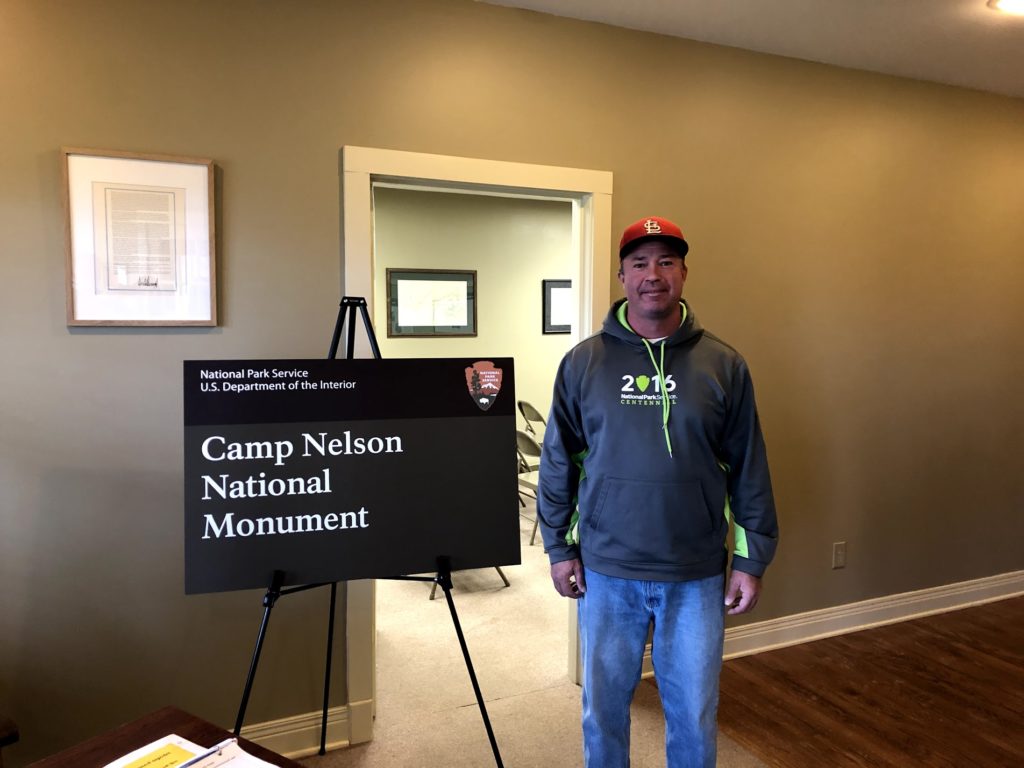
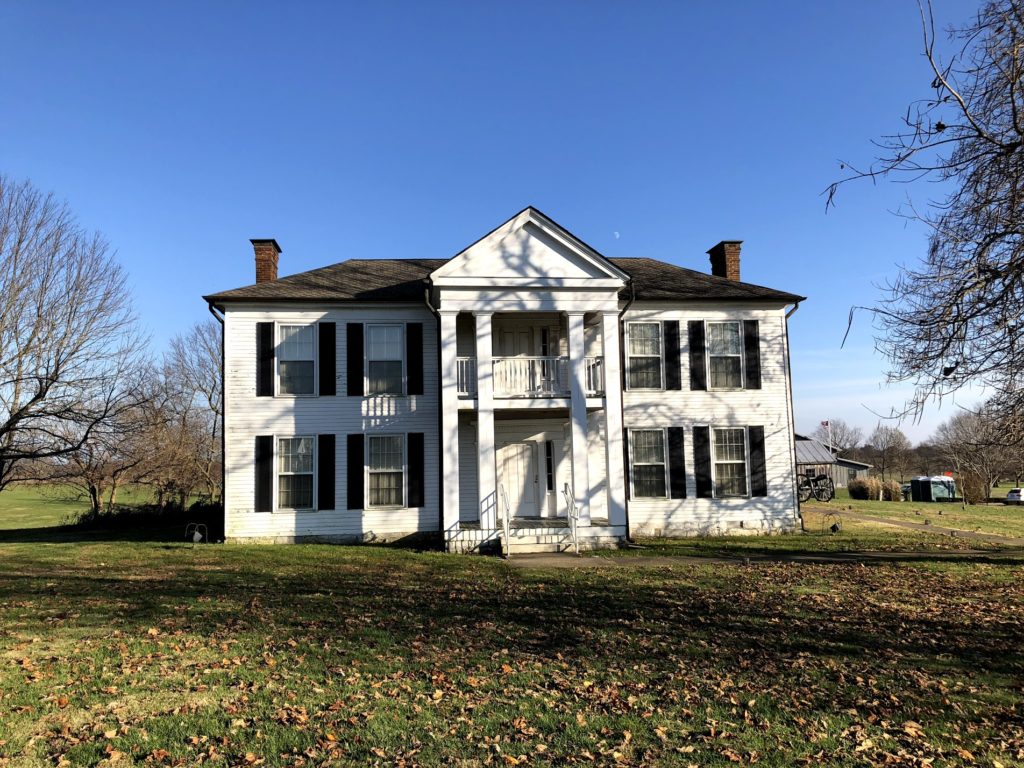
The White House, built by Oliver and Frances Perry in the mid-1850s, is the only contemporary structure extant.
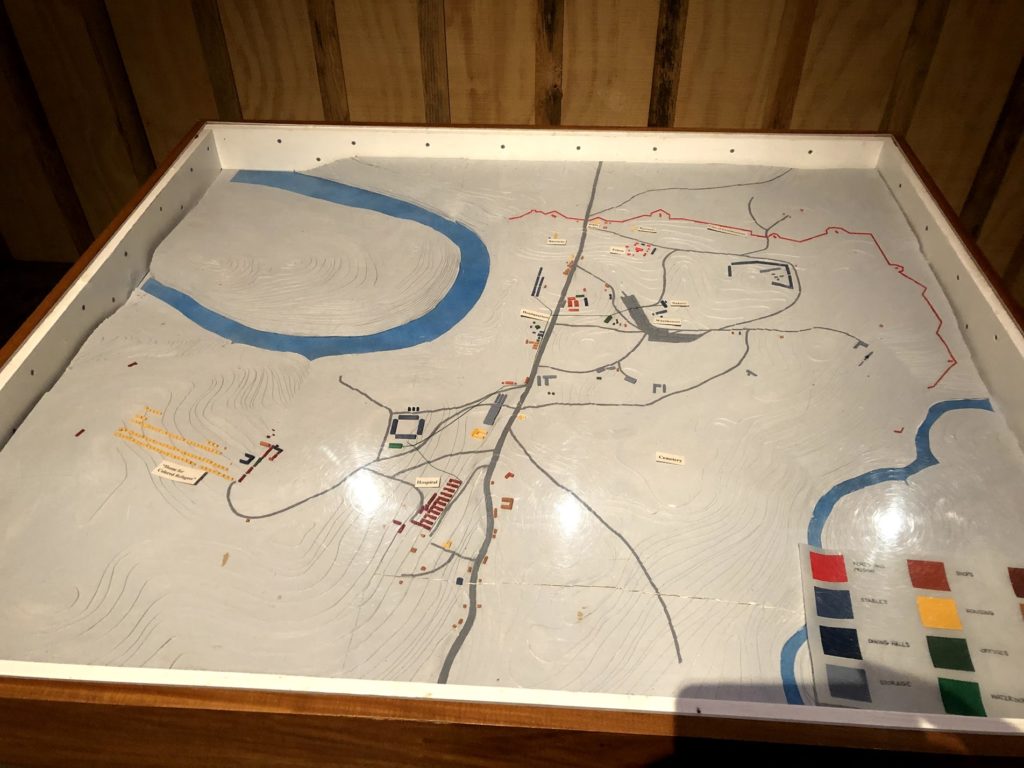
The map exhibit shows the strong natural location chosen for Camp Nelson 20 miles south of Lexington, Kentucky.
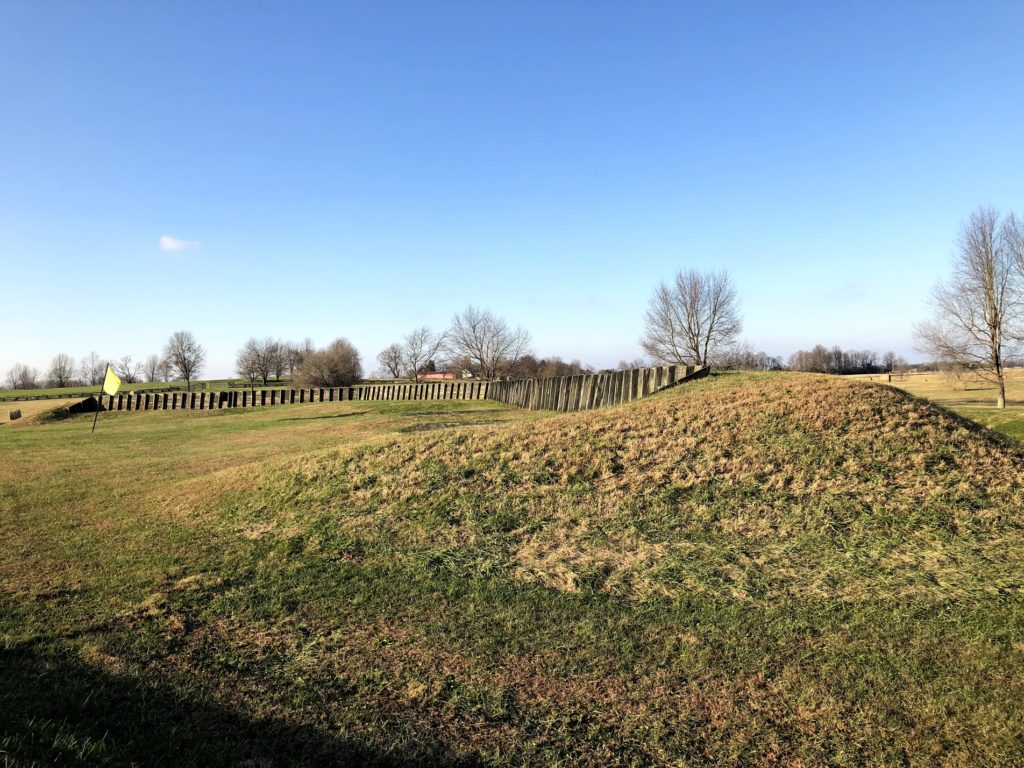
Reconstructed Fort Putnam, showing how earthen defensive fortifications were strengthened by timber.
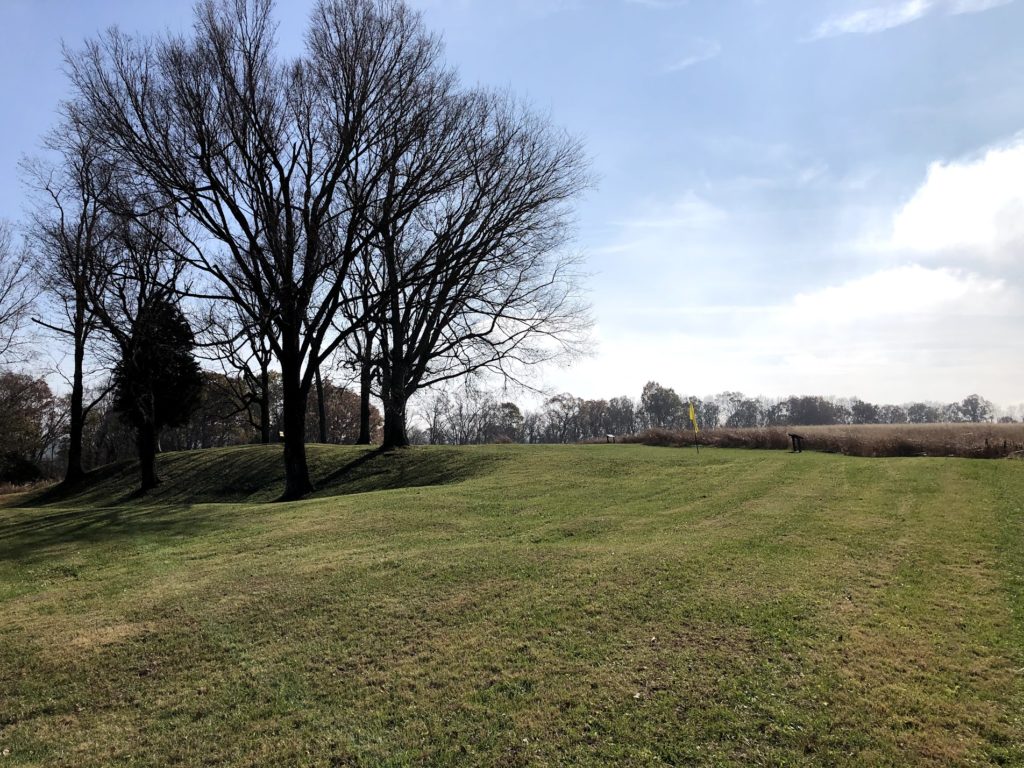
Fort McKee occupying the defensive line as it turns from north to east along the Hickman Creek ravine.
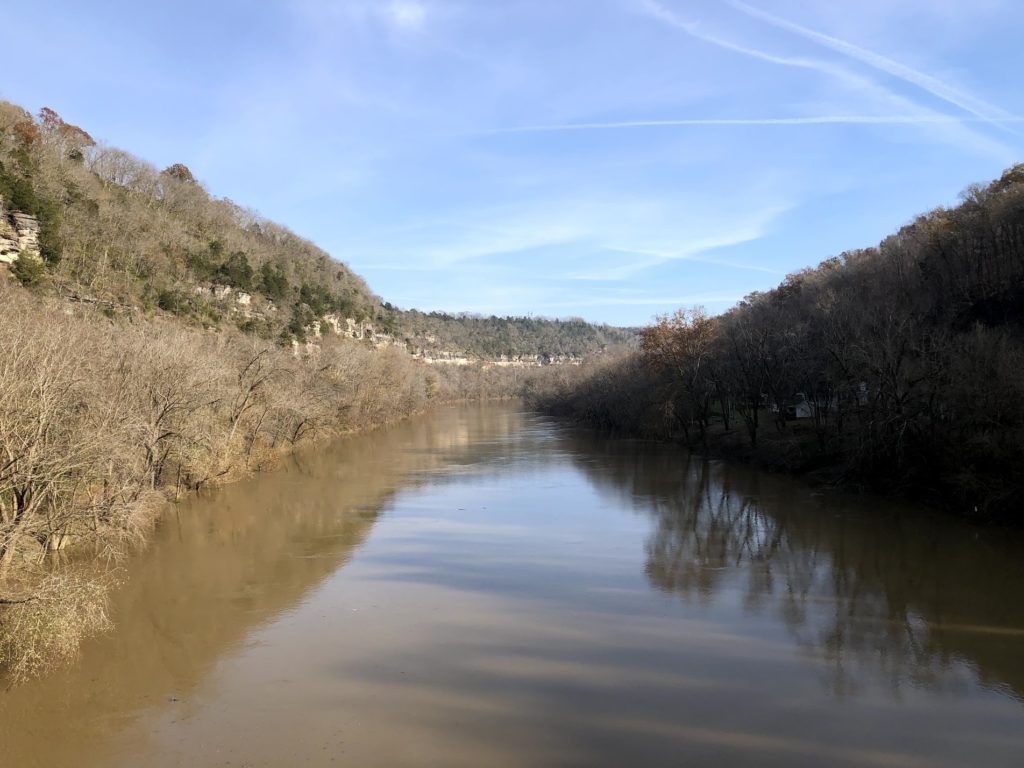
Kentucky River at the southern edge of Camp Nelson
